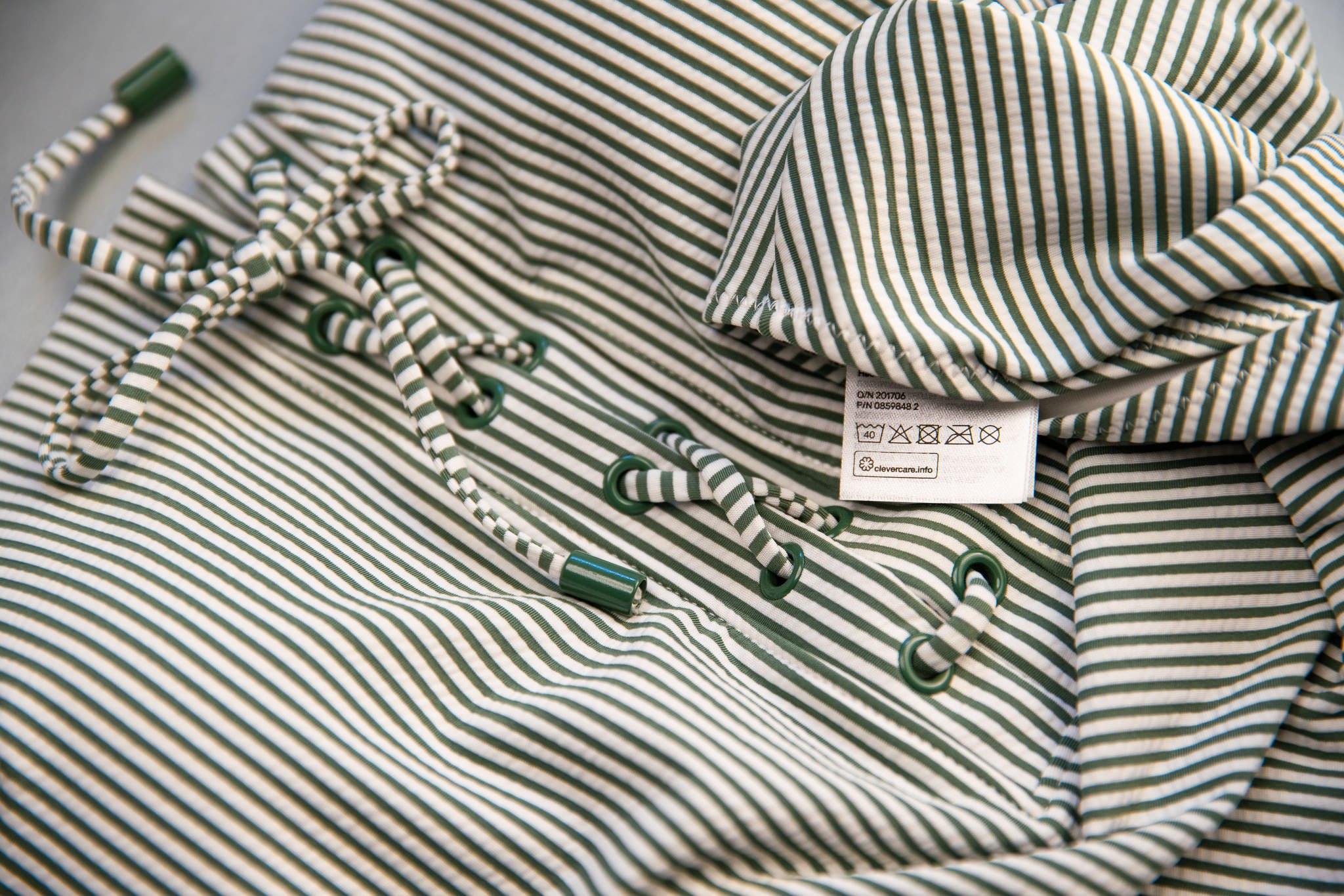It dresses all silhouettes and finds its place in women’s, men’s and kid’s wardrobes. Available in several colours and cuts, jeans remain the best-selling garment, with 73 pairs sold every second in the world.
Jeans became popular in the 1850s, with Levis’ famous 501 model. But the creation of this garment dates back to the 16th century.
Falsely, “jeans” are often referred to as a fashion item. This multipurpose word is used to describe the famous pair of blue pants, but this use really outshines its essential meaning: its fabric. Indeed, what we commonly call “jeans” happens to be a fabric (denim), which differs from the actual jeans “garment”.
How to wash your jeans properly:
- Before washing, look for instructions on your jeans’ textile care label
- Turn your jeans inside-out before putting them in the washing machine, to avoid white streaks
- Wash your jeans in almost cold water
- Do not leave them in the drier for too long (15 minutes maximum)
- Finish drying your jeans by hanging them on a special trouser hanger
To prevent the initial colour of the jeans from bleeding, they must be soaked for one hour before the first wash, in a bath of lukewarm water (2 litres) with a half cup of white vinegar.
For more tips on how to care your jeans, visit our special fabrics section.





